How to Stop Your Child’s Brain From Building Dangerous Mental Walls
What Research Discovered About Your Child’s Hidden Mental Process
Did you know that your 4-year-old has already started building mental walls that could damage their relationships for life?
Research shows that children as young as three begin developing unconscious biases that shape how they see the world. Here’s what’s even more alarming: 87% of children show measurable bias by age six, and without intervention, these early prejudices become deeply embedded patterns that follow them into adulthood.
But here’s the good news—you have the power to change this trajectory today.
Why Your Child’s Amazing Brain Works Against Them
Their Developing Mind Creates Mental Shortcuts
Your child’s brain is like a super-efficient filing system, constantly categorizing everything they encounter. While this helps them learn quickly, it also leads them to make snap judgments about people based on appearance, accent, or background.
Because children’s brains prioritize pattern recognition, they naturally group people into categories. When they see social hierarchies—like adults having authority over children, or certain groups having more wealth or status—they don’t understand the complex historical and social factors behind these differences.
Instead, their young minds assume these hierarchies exist because some groups are inherently “better” than others. This innocent misunderstanding becomes the foundation for lifelong bias.
The Social Media Trap That’s Polarizing Your Teen
Today’s children face a unique challenge their brains aren’t equipped to handle. Social media algorithms reward extreme opinions and moral outrage with likes, shares, and comments.
Your teenager discovers that posting passionate, black-and-white statements gets them more attention than nuanced, thoughtful responses. Their developing brain, already seeking peer approval, becomes addicted to this validation.
The result? Kids learn to think in absolutes, losing their natural curiosity and becoming increasingly polarized in their views.
How to Nurture Your Child’s Natural Wonder
Stop the Judgment, Start the Conversation
When your child says something that makes you cringe, resist the urge to immediately correct them. Instead, get curious about their thinking process.
Ask questions like:
- “What made you think about that?”
- “How do you think [affected person] might feel?”
- “What would happen if everyone believed that?”
This approach keeps communication open and teaches critical thinking skills that serve them throughout life.
Transform Labels Into Learning Opportunities
You can’t shield your child from hearing generic labels about groups of people, but you can teach them to question these oversimplifications.
When you hear phrases like “all teenagers are…” or “people from that neighborhood always…” use these moments to discuss:
- How every group contains individuals with different personalities, talents, and experiences
- Why generalizations often stem from limited exposure or historical misunderstandings
- How they can learn more about people by getting to know them personally
Make Difficult Conversations Age-Appropriate
Don’t avoid talking about racism, sexism, ageism, and other forms of discrimination. Your silence won’t protect your child—it’ll leave them vulnerable to misinformation from other sources.
Here’s how to approach these conversations at different ages:
Ages 3-6: Focus on fairness and kindness. “Sometimes people are treated unfairly because of how they look or where they come from. That’s not okay, and we can help by being kind to everyone.”
Ages 7-11: Introduce historical context. “Long ago, some laws weren’t fair to certain groups of people. Even though those laws changed, some unfair ideas still exist today.”
Ages 12+: Engage in deeper discussions about systemic issues while emphasizing their power to create positive change.
Building Bridges Instead of Walls
The Friendship Challenge That Changes Everything
Encourage your child to build friendships with kids who look different, speak different languages, practice different religions, or come from different economic backgrounds.
Research from Harvard shows that meaningful contact between different groups reduces prejudice more effectively than any other intervention. When children have genuine friendships across differences, they develop empathy and understanding that lasts a lifetime.
You can facilitate this by:
- Choosing diverse schools, activities, and neighborhoods when possible
- Attending cultural festivals and community events
- Reading books featuring characters from various backgrounds
- Using open-ended educational toys that encourage collaborative play across differences
- Modeling inclusive behavior in your own friendships
The Power of Collaborative Play
One of the most natural ways children break down barriers is through shared play experiences. When kids work together to build, create, and problem-solve, they focus on the task at hand rather than surface-level differences.
Wooden educational toys like geometric blocks, pattern pieces, and building sets create these perfect collaboration opportunities. Unlike screen-based activities that isolate children, hands-on manipulative toys require communication, negotiation, and teamwork—skills that directly combat bias formation.
Research shows that when children engage in cooperative play with diverse peers, they develop what psychologists call “cross-group friendships”—relationships that reduce prejudice more effectively than any lecture ever could.
Create Curiosity Champions
Transform your child into someone who asks questions instead of making assumptions. When they encounter someone different from themselves, teach them to think:
“I wonder what their story is?” “What could I learn from them?” “How are we similar underneath our differences?”
This mindset shift turns potential prejudice into genuine interest and connection.
Your Child’s Bright Future Starts Today
Yes, bias is a natural part of human brain development, but it doesn’t have to define your child’s future relationships or worldview. You have the power to raise a young person who sees differences as opportunities for connection rather than reasons for division.
Start with just two or three of these strategies. Listen more, label less, and create opportunities for meaningful connections. Your consistency in these small moments will compound into massive changes in how your child sees the world.
Remember: Curious kids become compassionate adults, open minds create lasting friendships, and inclusive hearts build better communities.
Ready to begin? Choose one conversation starter from this article and use it with your child this week.
Consider creating collaborative play opportunities with quality educational toys that bring children together around shared goals rather than dividing them by competition or individual achievement.
For parents looking to invest in tools that naturally foster inclusion, Spielgaben’s wooden educational toys offer open-ended play experiences that encourage children to work together, communicate across differences, and build both structures and friendships simultaneously.
Their future—and our world—depends on the seeds of understanding you plant today.

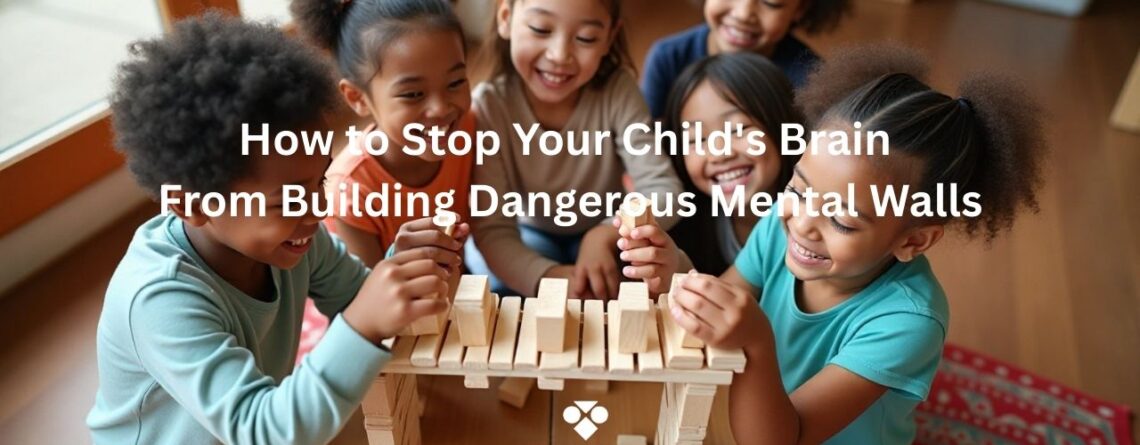
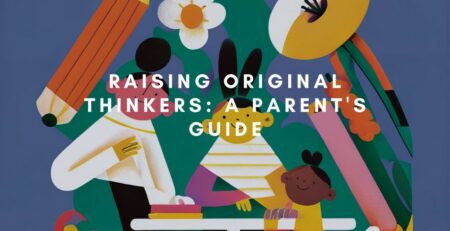
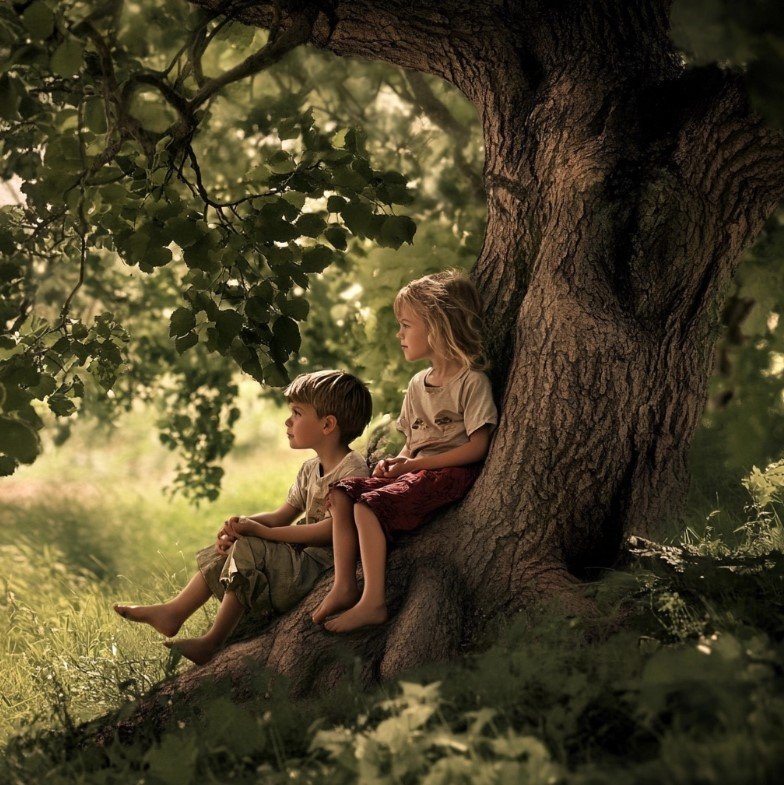
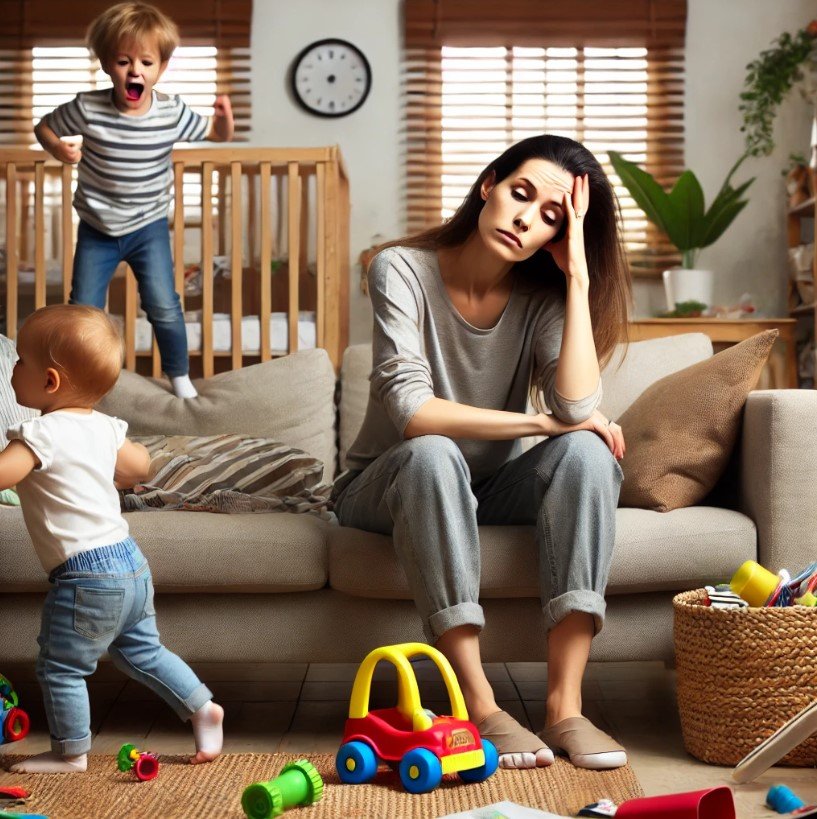
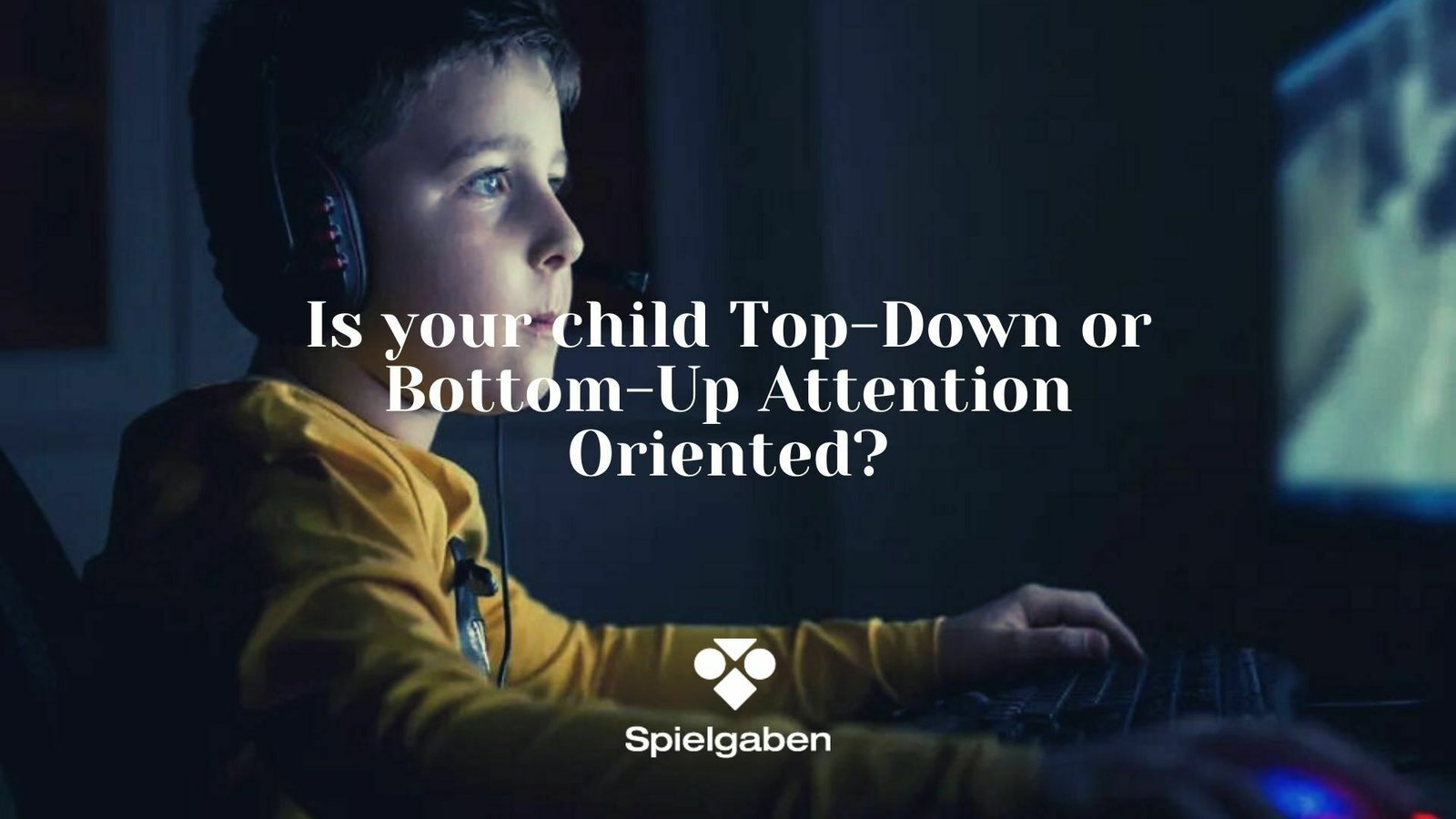
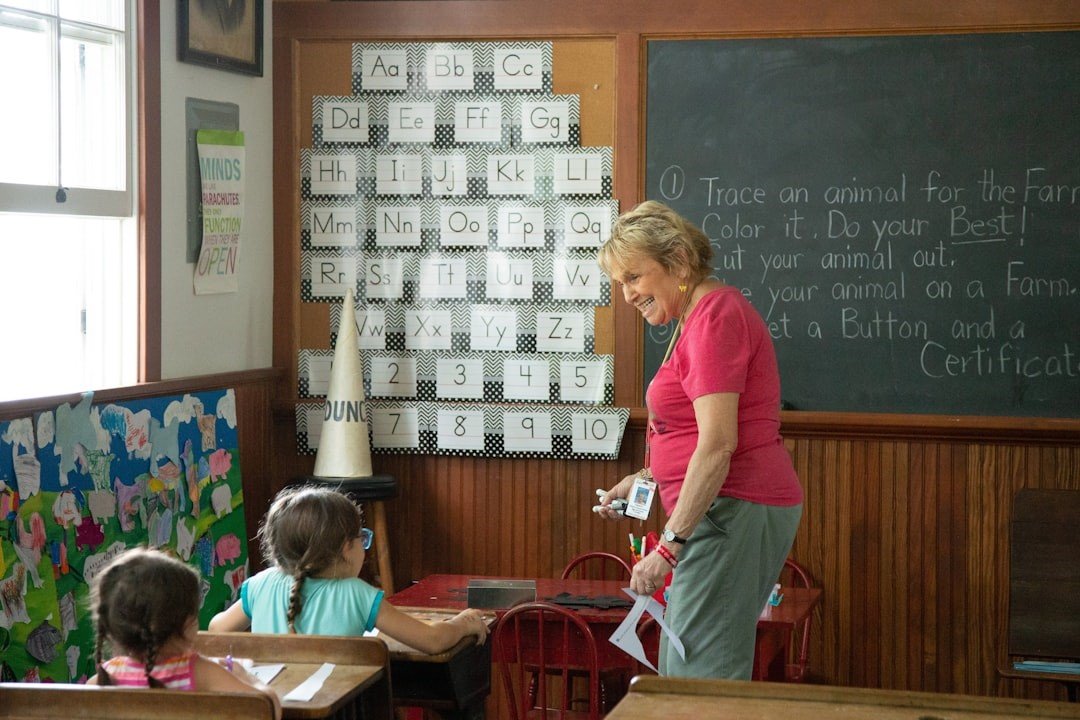

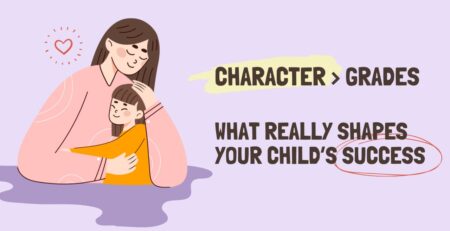

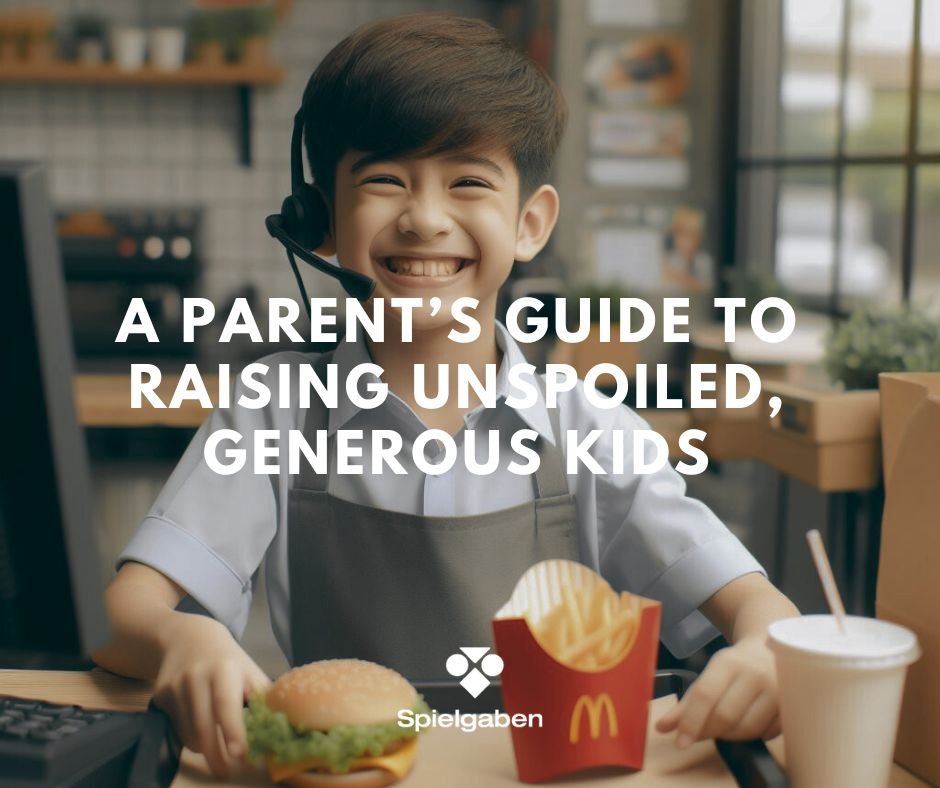
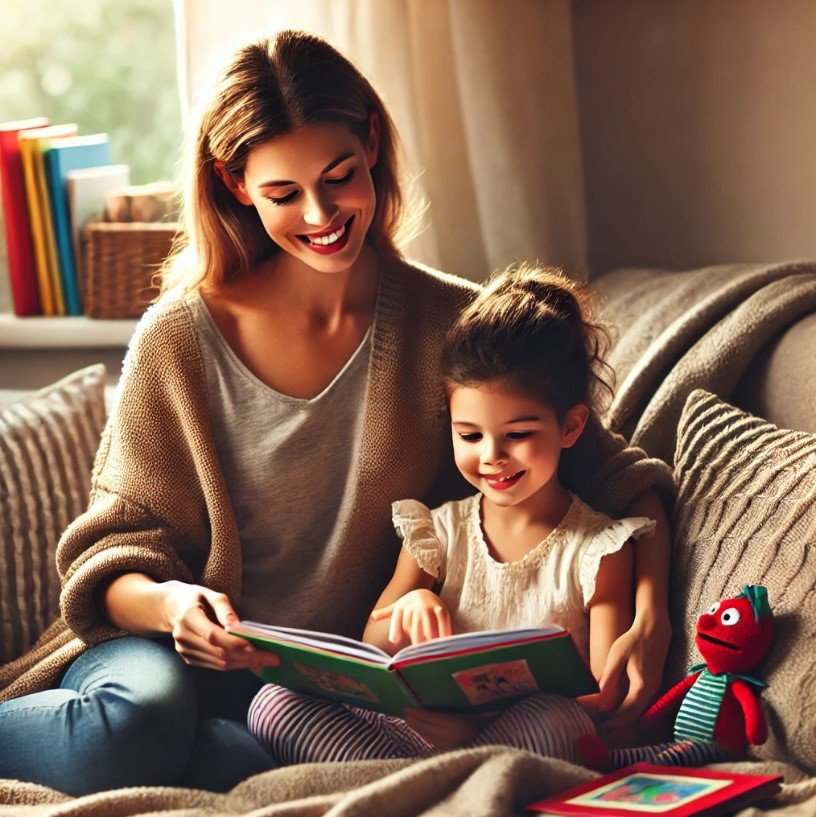

LEAVE A COMMENT